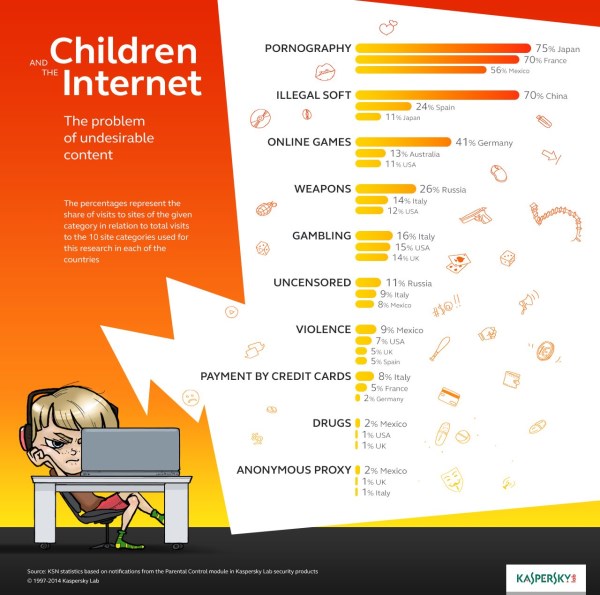Microsoft Corp. released new data indicating that as attacks against software are becoming more difficult and expensive, cybercriminals are increasingly turning to deceptive tactics for malicious purposes such as stealing people’s personal and financial information. In the last quarter of 2013, the number of computers that had to be disinfected as a result of deceptive tactics more than tripled.
According to data from Microsoft’s latest Security Intelligence Report (Volume 16), one of the most common tactics used was deceptive downloads. These downloads were identified as a top threat in 95% of the 110 countries/regions that Microsoft’s data examined. The top three deceptive threats in Malaysia during the fourth quarter of 2013 were Rotbrow, Brantall and Obfuscator:
- Rotbrow – (Trojan Downloaders & Droppers) This family of trojans install browser addons that claim to protect you from other addons. These addons can make changes to your home page and also install a program that claims to protect your computer from browser add-ons, but actually installs more browser add-ons and other malware. Rotbrow was encountered by 59 out of every 1000 systems that run our real-time antimalware products in 2H13. It was the top threat family facing both enterprises and consumers in 4Q13.
- Brantall – (Trojan Downloaders & Droppers) Acts as an installer for various legitimate programs, installs itself as a service in some cases, installs both the advertised legitimate program, additional bundled applications and other malicious software. Brantall was encountered by 36 out of every 1000 systems that run our real-time antimalware products in 2H13. It was the second most common threat family facing both enterprises and consumers in 4Q13.
- Obfuscator – (Miscellaneous Trojans) A generic detection for threats that have been modified by malware obfuscation tools in an attempt to avoid detection by security software.
“Keeping cybercriminals on the run requires a robust security strategy,” said Tim Rains, director, Trustworthy Computing, Microsoft Corp. “The safest houses don’t just have locked doors, they have well-lit entry points and advanced security systems. It’s the same with computer security—the more we layer our defenses the better we are at thwarting attacks.”
Cybercriminals lure their victims with deceptive downloads by bundling malware with legitimate downloadable content such as software, music or videos found online. While the threat of deceptive downloads is on the rise, their impact is often not seen right away. Infected machines often continue to function, and the only observable signs of the malicious download might be a slower computer or unexpected search results popping up in a browser. Over time, fraudulent activity like click fraud generated from the infected computer can tarnish an individual’s online reputation.
While deceptive downloads were identified as one of the most prevalent tactics used worldwide, ransomware is another deceptive practice that continues to affect people and can be devastating for those victimized by it. Ransomware often pretends to be an official-looking warning from a well-known law enforcement agency. It accuses its victim of committing a computer-related crime and demands they pay a fine to regain control of the computer. Ransomware is geographically concentrated, but for cybercriminals looking to make a quick profit, the data shows it is an increasingly alluring tactic. In fact, the top ransomware threat encountered globally increased by 45 percent between the first half and the second half of 2013.
In light of this new information on cyber-threats, Microsoft advises customers take a few actions to help keep themselves protected, including: using newer software whenever possible and keeping it up to date, only downloading from trusted sources, running antivirus, and backing up files.
Commenting on the latest findings in Microsoft’s Security Intelligence Report (Volume 16), Dr Amirudin Abdul Wahab, CEO of CyberSecurity Malaysia, the national cyber security specialist agency under the purview of the Ministry of Science, Technology, and Innovation (MOSTI) reminded Malaysians to develop, foster and maintain a culture of cybersecurity and become responsible digital citizens who are well-equipped with the knowledge and skills to be stay cyber-safe. He said, “As cybercriminals move towards more deceptive practices amidst a more ubiquitous use of computing among Malaysians, users have to become even more vigilant to safeguard their knowledge of cybersecurity best practices – whether it is in their homes or at school and work.”
Microsoft releases its cybersecurity report twice a year, which culminates data from more than a billion systems worldwide and some of the busiest online services. The report provides an in-depth analysis on the latest threat trends for 110 countries/regions worldwide and is designed to help inform people about the most prevalent global and regional threat trends so that they can better protect themselves and their organizations. Key findings from Volume 16 of the report includes new data from the second half of 2013.












